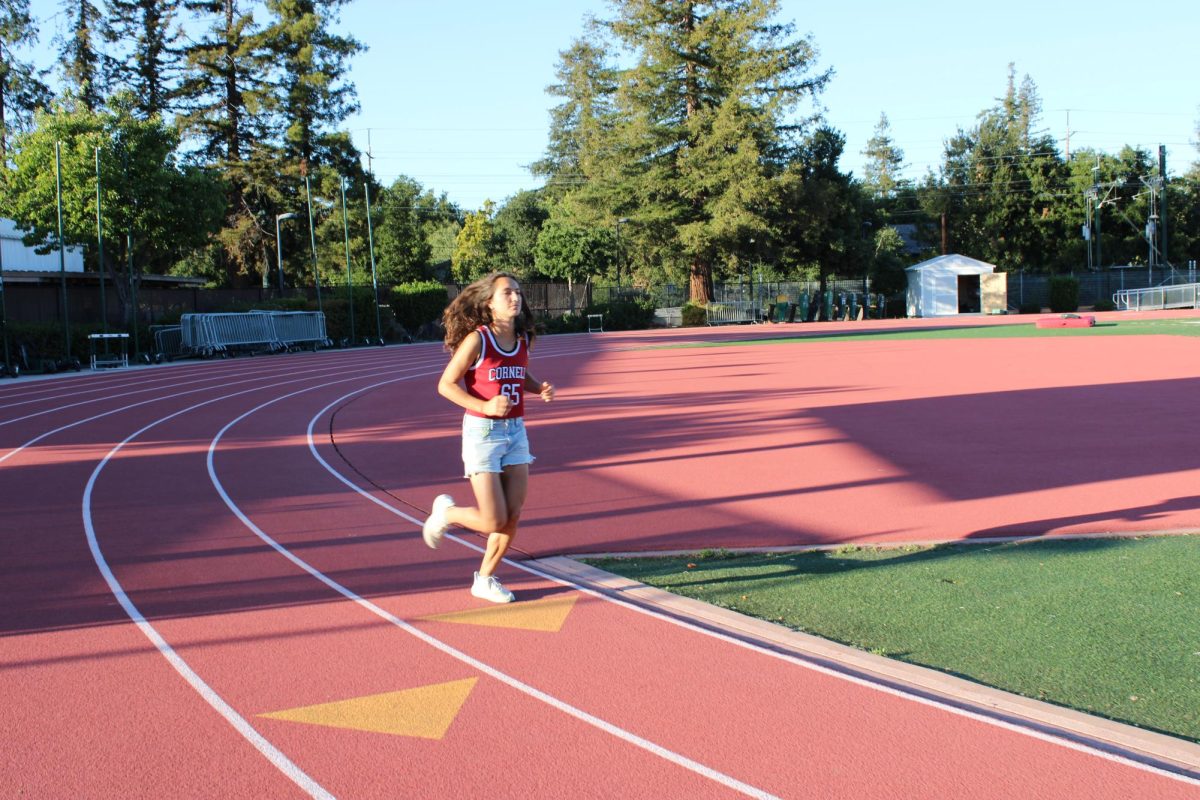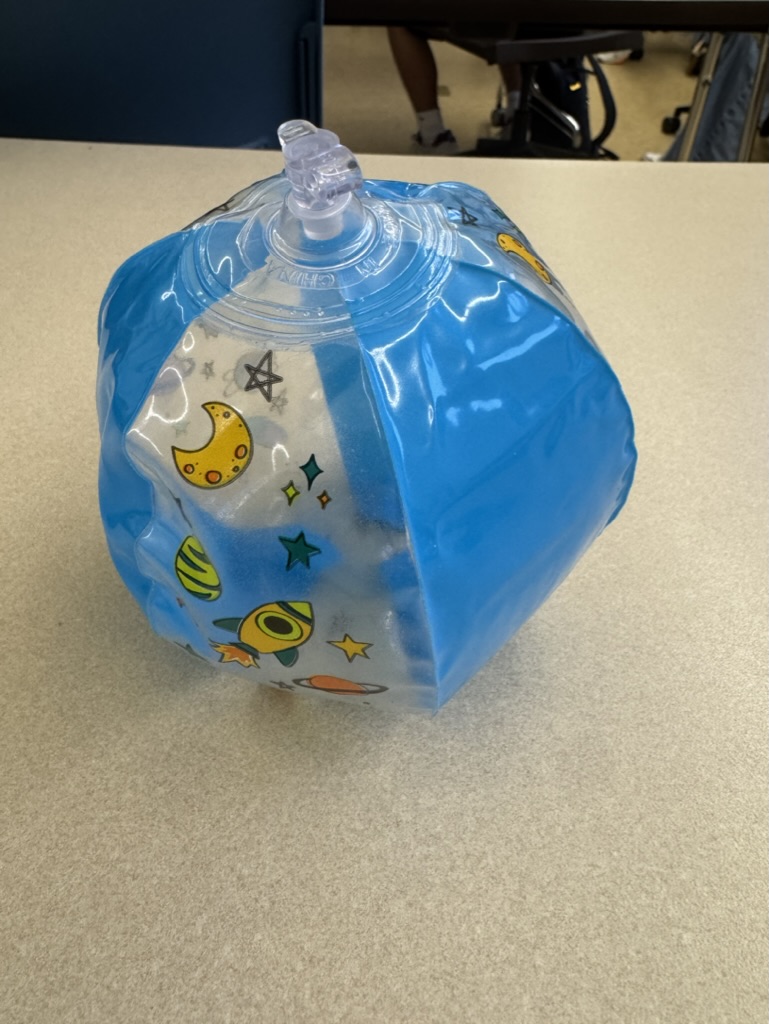Multi-sport athletes master adaptability
May 29, 2023
Freshman Vinay Shah spends his fall listening to the harmony of cleats digging in the turf, helmets clunking on the ground and the cheers from the crowd under the Friday night lights. For most, when football season draws to a close, so
does this familiar sound. However, once the winter season begins, Shah packs away his football gear and brings out his basketball gear, in preparation for the next season on the court.
According to Shah, being a multi-sport athlete isn’t just about transitioning from one sport to another but applying similar
techniques to both sports.
“I think almost all techniques I use in basketball could transfer from one sport to another,” Shah said. “The footwork drills during football practices help me stay in shape and keep my agility intact during the offseason.”
According to a study published by the National Library of Medicine, athletes who specialize in multiple sports have a higher participation rate in games, longer athletic careers and experience fewer injuries compared to single-sport athletes.
Sophomore Poppy Barclay, who plays both varsity field hockey and lacrosse, said both sports have similar
footwork and rules.
“Field hockey and lacrosse are both stick sports,” Barclay said. “Although the techniques for using a field hockey stick and a lacrosse stick are completely different, there are a lot of parallels between the movements you do on the field that translate from one sport to the other.”
Barclay says both sports help with her coordination skills. She also said that technique is the most important element of field hockey and lacrosse to master.
“You can be a fast runner or good communicator on the field,” Barclay said. “But, if you don’t have the technique, the things like stick skills, footwork, and dodges, you’re going to get beat.”
According to Athletic Trainer Justine Longi, being a multi-sport athlete is beneficial because it keeps athletes in shape, while
reducing the risk of chronic injuries.
“For example, if you play football and basketball, you go through similar throwing motions,” Longi said. “Since throwing a basketball requires a different motion, technique, and activation of muscle groups, it gives the muscles you need for
throwing a football a rest, even though you’re still using the shoulder.”








